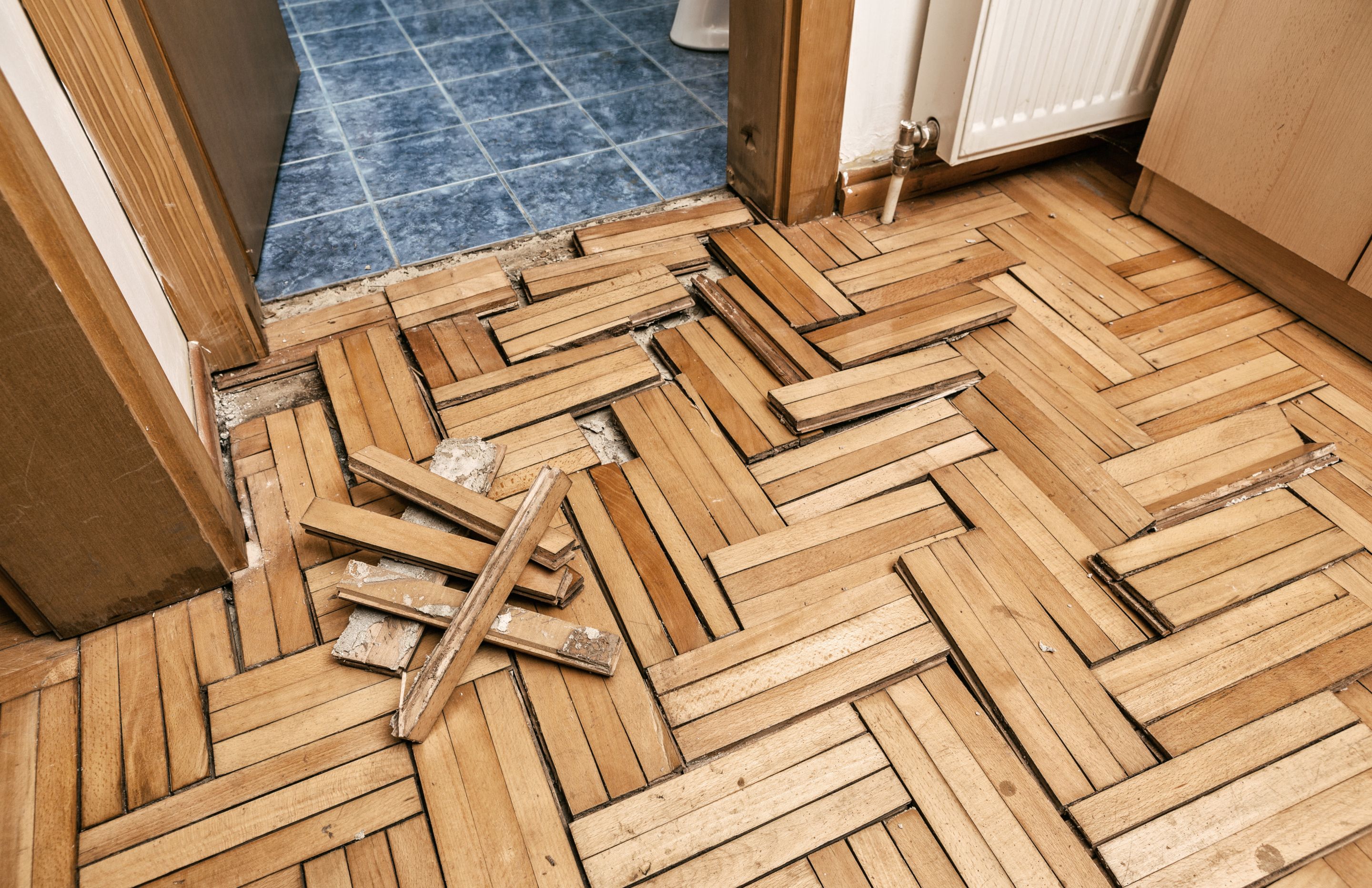What Does "Understanding the Drying Process in Water Damage Restoration" Do?

Water damage may be a serious issue for any kind of individual. It can easily cause structural damage, mold and mildew development, and also health and wellness issues if left behind unattended. The worst component is that water damages isn't regularly noticeable. In some cases it's hidden behind wall structures or under floor covering, creating it difficult to detect until it's as well late. In this post, we'll cover how to identify concealed water damage in your residence before it becomes a major complication.
1. Look for Discolorations
One of the simplest means to find water damage is through looking for discolorations on wall surfaces or ceilings. These discolorations are usually brownish in color and may possess a circular shape. They're resulted in by water seeping via the drywall or ceiling product and leaving behind minerals that tarnish the area.
If you observe any sort of discolorations on your wall structures or ceilings, don't neglect them! Even if they're small, they might be an indicator of a much larger issue hiding behind the surface area.

2. Examine for Mold and mildew
Mold flourishes in damp settings, so if there's concealed water damages in your property, there's a really good odds you'll likewise find mold growth. Look for indicators of mold in areas where moisture is very likely to build up – such as shower rooms, cooking areas, and basements.
Mold and mildew can easily appear as black spots on wall structures or ceilings and might possess a musty odor. If you find any type of mold and mildew development in your residence, it's significant to take care of the rooting moisture concern right away before it disperses better.
3. Listen for Dripping Audio
In some cases you might hear dripping sounds coming coming from responsible for wall surfaces or under floor – especially if you live in an older home with plumbing pipes that function with the wall surfaces and floorings.
If you hear dripping sounds but can easilyn't locate the resource of the water, it could possibly suggest a water leak somewhere within your plumbing system that needs to be resolved immediately.
4. Examine Your Water Bill
One more way to identify hidden water damages is by keeping an eye on your month-to-month water bill. If you notice a sudden increase in your water utilization without any sort of description, it could possibly be a indication of a water leak somewhere in your property.
Examine More Details and taps for leakages, but additionally always keep an eye out for indications of concealed leaks – such as moist places on walls or ceilings.
5. Assess Your Roofing system
Water harm can likewise develop on your roofing system – specifically if it's older or hasn't been correctly maintained. Examine your roofing system regularly for indicators of harm, such as missing or ruined roof shingles, fractured flashing, or clogged seamless gutters.
If you notice any kind of indicators of harm to your roofing system, have it fixed straight away to stop water from seeping right into your home's attic room or walls.
6. Check Your Property's Humidity Degrees
Excess humidity may lead to concealed water damage in places where wetness accumulates – such as washrooms and cellars. Make use of a hygrometer to assess the moisture levels in these regions and create sure they're within the suggested selection (between 30-50%).
If the humidity levels are as well high, take into consideration working a dehumidifier to eliminate excess moisture coming from the sky and prevent mold and mildew growth.
Verdict
Water damage may be a severe concern for any kind of individual. It may cause structural damage, mold growth, and also wellness concerns if left unattended. Through understanding how to spot hidden water damages in your property – with discolorations, mold and mildew growth, dripping sounds, improved water expenses, roof covering examinations and testing moisture amounts – you can take proactive measures to attend to these concerns before they become significant problems. Remember that avoidance is regularly much better than treatment when it comes to water harm!
